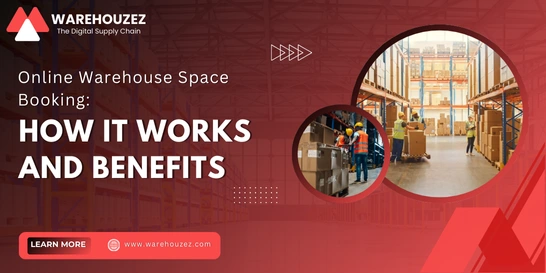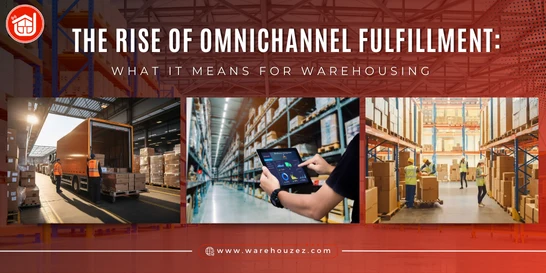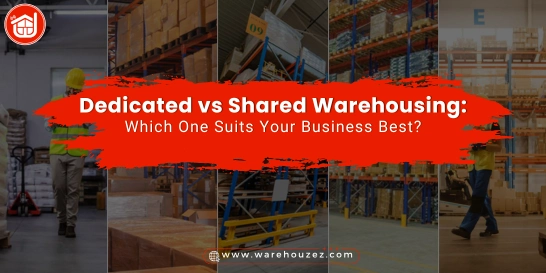What Is Elastic Logistics?
What Is Elastic Logistics?
Elastic logistics refers to a business model that is adaptive and flexible enough to scale up or down in reaction to market conditions, allowing supply chain activities to expand or contract by market expectations. To put it another way, elastic logistics refers to the ability to expand logistics operations and resources to remain efficient and cost-effective during times of high demand.
To create a flexible infrastructure that may reduce costs and boost efficiency based on the current needs of the supply chain, elastic logistics India in Delhi and supply chain forecasting work together. Without elastic logistics, a company is usually forced to operate at a lesser capacity to keep up with varying surges in demand.
Benefits of Elastic Logistics
The following benefits of elastic logistics highlight vital aspects that make supply chain activities quick, responsive and dynamic.
Demand and consumer satisfaction
Because an elastic logistics solution can help companies respond to fluctuations in demand and grow or shrink, it may be an essential competitive advantage. Supply chain activities may be more responsive to current market needs, freeing up time for companies to better address demand and provide superior customer service.
Enhanced supply chain efficiency
An elastic logistics solution can help decrease space in a supply chain, allowing for better inventory management. Through predictive analytics, supply chain activities may experience less variability within their infrastructure and operations during peak and high-demand periods.
Improved distribution network
Elastic logistics may work with supply chain operations to help improve their infrastructure in terms of how products are distributed and transported from warehouse in Delhi. This can involve more cost-efficient means of transporting and distributing goods among facilities.
Supply chain collaboration
Elastic logistics may work with partners in the supply chain industry to increase productivity, lower costs and maximize efficiency across the board. The company's infrastructure may be able to expand and contract based on demand at any given period, freeing up resources that may be used to satisfy other needs throughout the supply chain industry.
Four major trends for implementing elastic logistics
Intelligent technology and predictive analytics are becoming a standard in supply chain management. It helps to make the logistics process more efficient, helping to mitigate cost and time and eliminate unnecessary inventory.
Here are four key trends that are changing the way companies are implementing elastic logistics.
Big data and digital systems
Businesses are beginning to use big data, digital systems, and algorithms to help with supply chain operations. Elastic logistics may use this data to improve their analytical processes, allowing them to be more adaptable and responsive.
Process automation
Businesses are using process automation to make their supply chain more efficient, flexible and responsive to the business cycle. This can include the ability for a company to scale up or down based on demand without the need for a human touch.
Outsourced logistics
More logistics providers are outsourcing their supply chain activities to trusted partners. This can include using third-party elasticrun logistics companies, which may provide the infrastructure needed for a company's supply chain.
Just-in-time in the warehouse
With more warehouses in Delhi using just-in-time methods, logistics operations are likely to improve, including materials management and inventory. This can be done through the use of predictive analytics and digital systems.
How is Elastic Logistics helpful to Logistics Companies?
A company may benefit from a flexible supply chain and an adaptive, intelligent infrastructure if its business requirements fluctuate. The company can better adjust productive resources and spending to meet market demands. For example of elastic logistics, when manufacturing, a logistics company may have a high demand for raw materials at one point during production. At another time in the manufacturing process, many of these same raw materials may not be required because no product is being produced then. In this way, elasticrun logistics allows a logistics provider to carry appropriate inventory for whatever period the supply chain industry requires.
Conclusion
Due to its enormous benefits, elastic logistics in India is a vital and effective strategy to develop a competitive advantage in the market. As we can see, this concept works by providing a practical logistics framework that is responsive and adaptive to changing market needs. Elastic logistics may also work with other supply chain management solutions and advanced technologies to help drive efficiency and productivity while increasing flexibility.



